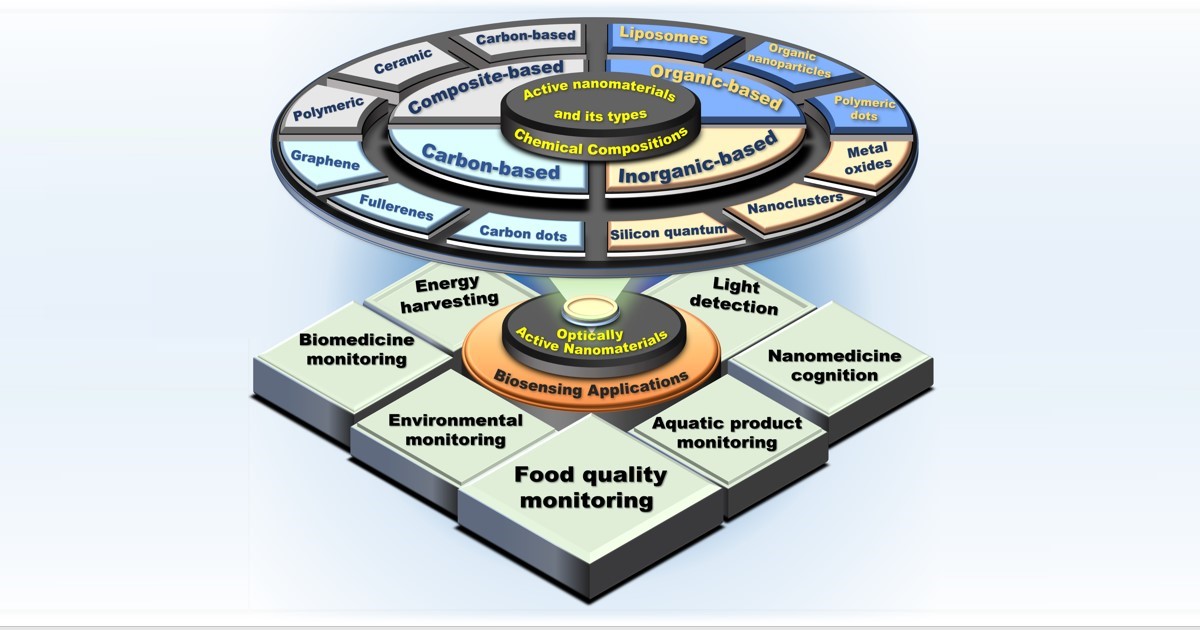Novel Smart Materials for Optical Fiber Sensor Development
A special issue of Materials (ISSN 1996-1944). This special issue belongs to the section "Smart Materials".
Deadline for manuscript submissions: closed (20 February 2024) | Viewed by 912

Special Issue Editors
Interests: nanoaterials synthesis and characterization; optical sensors; surface plasmon resonance sensors; biophysics, nanotechnolgy & nanoscience; nanomaterials; biomaterials; biological nanodevices; bionanophotonics and biosensors; bioelectronics
Special Issues, Collections and Topics in MDPI journals
Interests: photonics; optics for aerospace; optical sensors; optical devices; machine learning for optics
Special Issues, Collections and Topics in MDPI journals
Interests: nanomaterials synthesis and characterisation; biosensing; molecular biology; environmental biology; immunology; structural biology; bioinformatics and drug designing
Special Issue Information
Dear Colleagues,
Optical fiber sensors have gained significant attention due to their numerous advantages, such as high sensitivity, immunity to electromagnetic interference, and the ability to monitor various physical and chemical parameters. The integration of smart materials into optical fiber sensors presents exciting opportunities for advancements in sensing technology. These smart materials possess unique characteristics, such as tunable optical properties, a high refractive index, and enhanced mechanical strength. By incorporating these materials into the fiber structure, researchers can develop sensors that can detect even the smallest changes in the surrounding environment.
One class of smart materials commonly utilized in optical fiber sensor development is known as “metamaterials”. Metamaterials are artificially engineered materials with properties not found in natural materials. Their unique features, including a negative refractive index, make them highly suitable for creating sensors with exceptional sensitivity and selectivity.
Another fascinating group of smart materials for optical fiber sensor development is electroactive polymers (EAPs). EAPs can change their shape, stiffness, or optical properties when subjected to an electric field. This property allows for the development of sensors that can detect strain, pressure, or temperature variations by measuring the resulting changes in the EAPs.
Two-dimensional novel nanomaterial-based optical fiber sensors also offer exciting opportunities for high-performance sensing applications. With their unique properties and compatibility with optical fiber technology, these sensors have the potential to revolutionize the field of sensing, enabling enhanced sensitivity, miniaturization, and multiplexing capabilities for a wide range of applications.
Additionally, other smart materials such as shape memory alloys, liquid crystals, and nanomaterials are being incorporated into optical fiber sensors to expand their sensing capabilities and improve measurement accuracy.
In conclusion, the integration of novel smart materials holds immense potential for advancing optical fiber sensor technology. This ongoing research continues to push the boundaries of what is possible in optical fiber sensor development, leading to improved sensing capabilities and expanded applications in various industries. The current Special Issue highlights smart materials for optical fiber sensor development.
We look forward to receiving your contribution!
Dr. Santosh Kumar
Dr. Carlos Marques
Dr. Ragini Singh
Guest Editors
Manuscript Submission Information
Manuscripts should be submitted online at www.mdpi.com by registering and logging in to this website. Once you are registered, click here to go to the submission form. Manuscripts can be submitted until the deadline. All submissions that pass pre-check are peer-reviewed. Accepted papers will be published continuously in the journal (as soon as accepted) and will be listed together on the special issue website. Research articles, review articles as well as short communications are invited. For planned papers, a title and short abstract (about 100 words) can be sent to the Editorial Office for announcement on this website.
Submitted manuscripts should not have been published previously, nor be under consideration for publication elsewhere (except conference proceedings papers). All manuscripts are thoroughly refereed through a single-blind peer-review process. A guide for authors and other relevant information for submission of manuscripts is available on the Instructions for Authors page. Materials is an international peer-reviewed open access semimonthly journal published by MDPI.
Please visit the Instructions for Authors page before submitting a manuscript. The Article Processing Charge (APC) for publication in this open access journal is 2600 CHF (Swiss Francs). Submitted papers should be well formatted and use good English. Authors may use MDPI's English editing service prior to publication or during author revisions.
Keywords
- optical fiber sensors
- smart materials
- nanomaterials
- 2D materials
- photonic crystals
- plasmonic materials
- hybrid materials
- sensing mechanisms
- sensor integration








